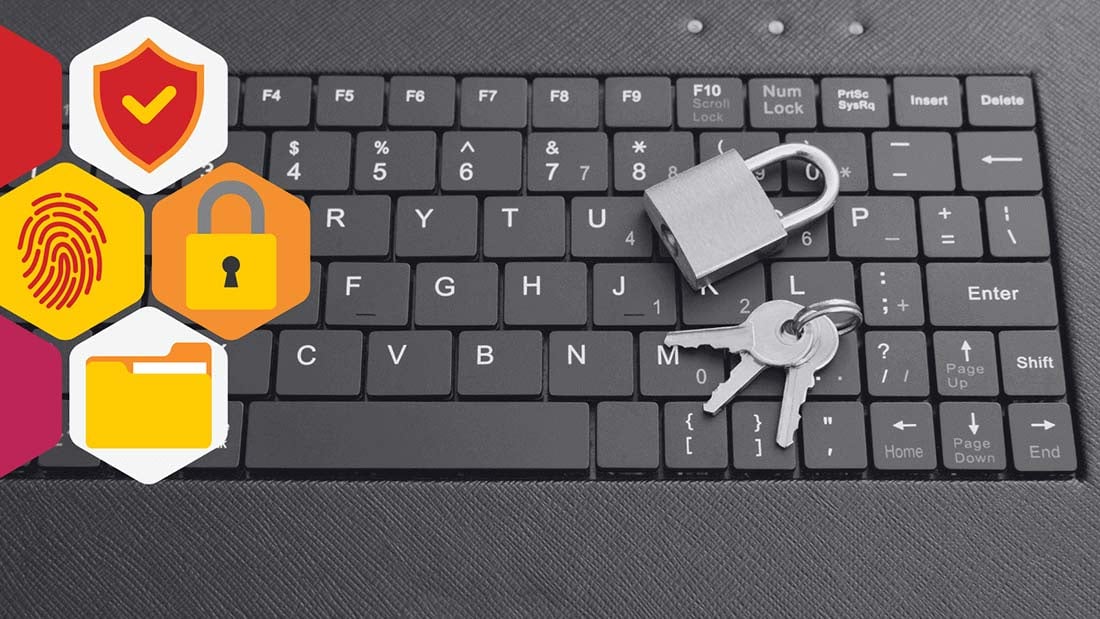From Compliance to Strategy: How Boards Can Lead in Cybersecurity Resilience
Cybersecurity has become one of the most pressing issues for boardrooms today, with 88% of directors citing it as a key focus, according to the...
![]() Team CM
Apr 24, 2025 4:00:00 AM
Team CM
Apr 24, 2025 4:00:00 AM

Prevention-Only Thinking Is Leaving Companies Exposed
AI-powered attacks are getting faster, smarter, and harder to detect. Yet the majority of security teams are still trained primarily for prevention—not recovery. According to a 2024 IBM Security study, 79% of security teams say they haven’t received adequate training for post-incident recovery and resilience.
That’s not just a gap—it’s a critical failure in modern cybersecurity strategy.
Traditional security training is focused on stopping known threats. But AI introduces dynamic, adaptive attacks that can:
Morph faster than detection tools can adjust
Exploit behavioral and psychological vulnerabilities
Flood systems with misinformation and social engineering
This shift demands more than faster tools. It demands prepared people who know how to respond, coordinate, communicate, and adapt under pressure.
When teams aren’t trained for post-attack response:
MTTR (mean time to resolution) increases
Internal confusion slows containment and recovery
Communications missteps damage reputation
Employee morale plummets due to uncertainty and fear
Learnings are lost when post-incident reviews are skipped or surface-level
Resilience isn’t just a recovery metric—it’s a strategic differentiator.
Cross-Functional Coordination
Working with legal, PR, HR, and executive teams
Establishing clear roles and escalation paths before a crisis hits
Human-Centric Communication
Messaging that builds trust with employees, partners, and the public
Tone and timing guided by behavioral science—not panic
Psychological Safety and Culture
Empowering teams to report issues early
Creating an environment where learning beats blame
Continuous Scenario Practice
Simulations and tabletop exercises that go beyond technical fixes
Evaluating collaboration, clarity, and leadership response
AI increases attack velocity—and uncertainty. Deepfakes, synthetic identities, and generative phishing don’t follow patterns. They create chaos.
Your resilience strategy must account for:
Hyper-realistic deception
Human error under pressure
Team clarity and cohesion when confidence is low
Resilient thinking—grounded in behavior, culture, and cross-functional readiness—is your best defense when the unexpected hits.
✅ Audit your team’s recovery readiness—not just prevention maturity
✅ Run resilience drills that include leadership, legal, and communications
✅ Integrate cultural and behavioral components into incident response
✅ Shift metrics from “incidents prevented” to “incidents managed well”
You can’t automate your way out of every breach. But you can build a team and culture that’s ready to respond, recover, and adapt—faster than the next wave of threats.
Need help training your team beyond the firewall? We specialize in human risk operations, cultural resilience, and response readiness. Let’s build your next advantage.

Cybersecurity has become one of the most pressing issues for boardrooms today, with 88% of directors citing it as a key focus, according to the...
3 min read

It's a known known that ransomware is out of control. According to the 2024 Verizon Data Breach Investigations Report, ransomware accounted for 32%...
3 min read

Retire the Phrase, Rewire the Thinking
4 min read
Subscribe to our newsletters for the latest news and insights.
Stay updated with best practices to enhance your workforce.
Get the latest on strategic risk for Executives and Managers.